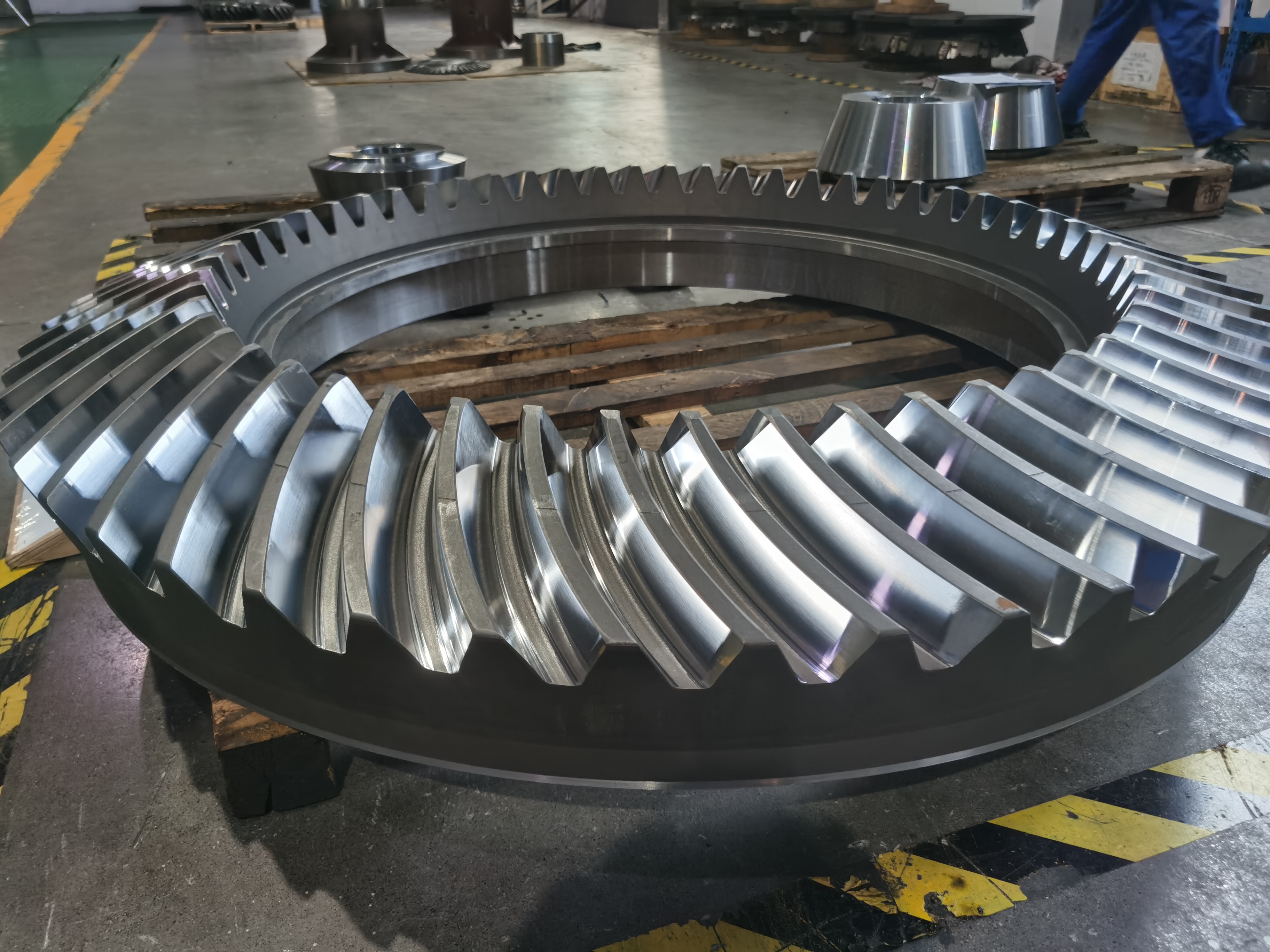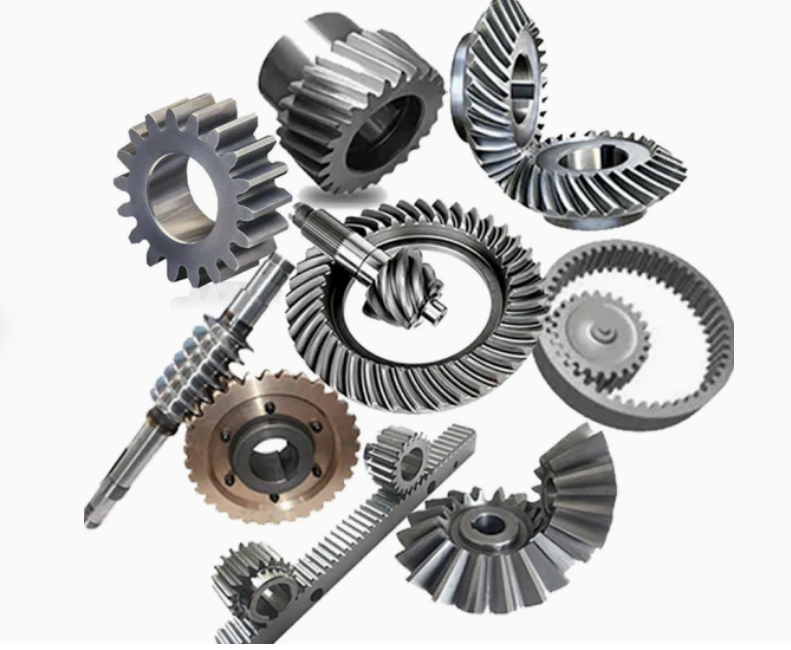Bevel gear units in heavy equipment play a vital role in the overall functionality and performance of these powerful machines. Bevel gears, including helical bevel gears and spiral bevel gears, are widely used in heavy equipment to transmit power and motion between shafts at various angles. In this article, we will explore the importance of bevel gear units in heavy equipment and the differences between helical and spiral bevel gears.
A bevel gear is a gear with helical teeth used to transmit power between shafts that are usually at right angles to each other. They are commonly found in heavy equipment such as construction machinery, mining equipment, agricultural machinery and industrial vehicles. Bevel gear units in heavy equipment are responsible for transmitting power from the engine to the wheels, tracks, or other moving parts, allowing the machine to efficiently perform its intended task.

Helical bevel gears are bevel gears with curved teeth that provide smoother and quieter operation than straight bevel gears. They are typically used on heavy equipment with high speeds and heavy loads because they can handle greater torque and power transmission. Helical gearing also provides a more progressive and even mesh, reducing wear and noise while increasing overall efficiency. This makes helical bevel gear units ideal for heavy-duty applications in heavy equipment, where reliability and durability are critical.
Spiral bevel gears, on the other hand, are another type of bevel gear commonly used in heavy equipment. Spiral bevel gears have a curved tooth design similar to spiral bevel gears, but with a helix angle that allows for smoother meshing and higher efficiency. They are ideal for heavy-duty applications where high speeds, heavy loads and shock loads exist, such as mining and construction equipment. The unique spiral tooth design of spiral bevel gears provides superior strength and durability, making them ideal for heavy equipment operating in demanding and harsh environments.

In heavy equipment, bevel gear units are commonly used in transmissions and differential systems, as well as in power take-off (PTO) systems used to transfer power from the engine to auxiliary equipment. The design and selection of bevel gear units in heavy equipment is critical to ensuring smooth and reliable operation and maximizing the overall performance and service life of the machine.
For heavy equipment, the choice between helical and spiral bevel gears depends on the specific application, operating conditions and performance requirements. Both types of bevel gears offer unique advantages and are designed to handle different types of loads and speeds. Heavy equipment manufacturers and operators must carefully consider these factors when selecting bevel gear units for their machines to ensure optimal performance and service life.
In summary, bevel gear units, including helical bevel gears and spiral bevel gears, play a vital role in heavy equipment by transmitting power and motion between shafts at different angles. These gears are critical components in heavy-duty applications and help ensure smooth and reliable operation of heavy equipment across a variety of industries. Understanding the differences between helical and spiral bevel gears is critical to selecting the correct type of bevel gear unit for heavy equipment, ultimately contributing to the overall efficiency and performance of these powerful machines.
Post time: Feb-20-2024




